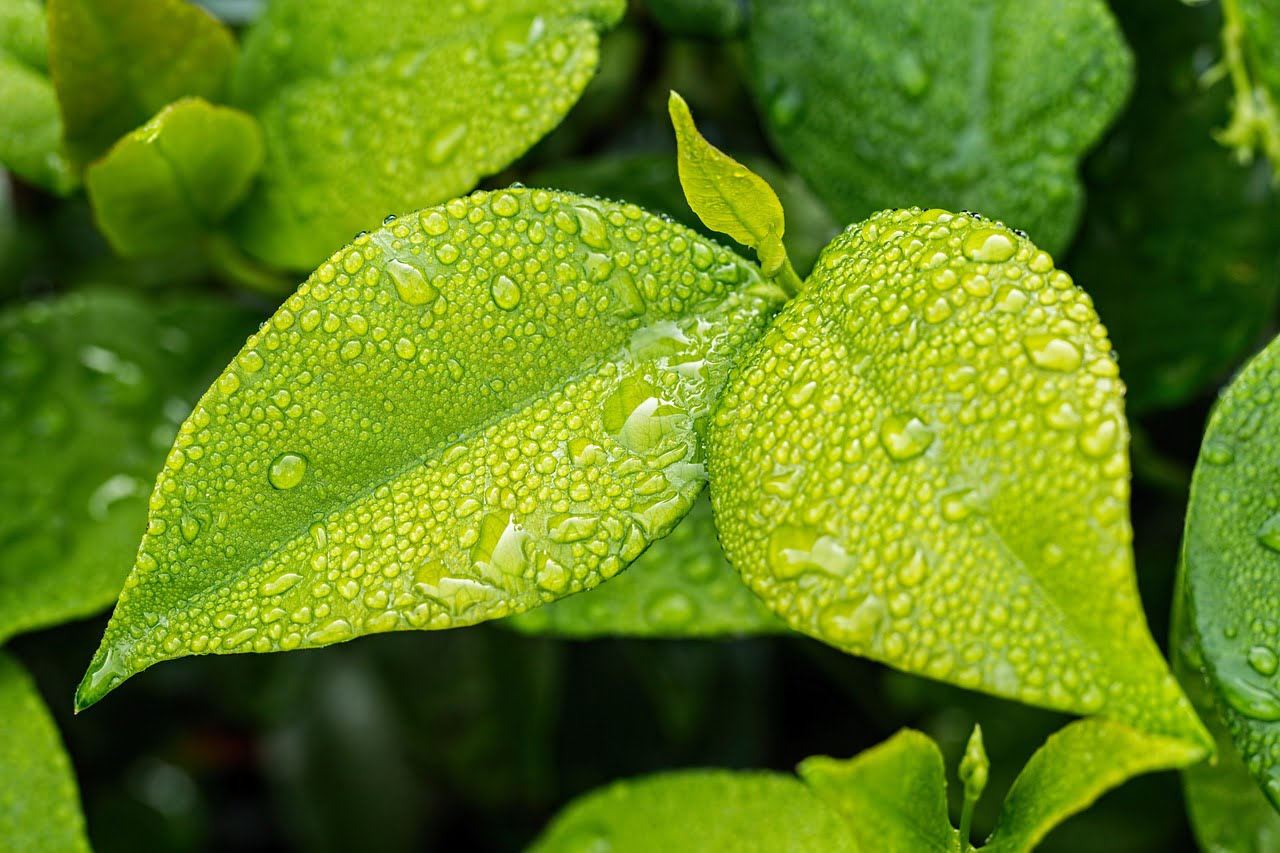Maintaining a rooftop garden can be a rewarding and fulfilling experience, but it also requires the right tools to keep it looking its best. Whether you’re a seasoned gardener or just starting out, having the essential tools on hand is crucial for maintaining the health and beauty of your garden. From pruning shears to watering cans, this article will guide you through the must-have tools that will make your rooftop garden flourish.
So, grab your gloves and let’s get started!

1. Pruning Tools
1.1 Secateurs
Secateurs are a must-have tool for any rooftop gardener. These hand-held pruning tools are perfect for maintaining the health and appearance of your plants. With sharp blades and a spring-loaded mechanism, secateurs make it easy to trim branches, stems, and vines with precision. Whether you are shaping your plants or removing dead or damaged parts, secateurs provide a clean and precise cut, promoting better plant growth and preventing disease spread. Invest in a high-quality pair of secateurs that feel comfortable in your hand and have replaceable blades for long-lasting use.
1.2 Pruning Shears
Similar to secateurs, pruning shears are essential for rooftop garden maintenance. These larger hand tools are ideal for cutting thicker branches and stems that secateurs may struggle with. With longer blades and stronger cutting mechanisms, pruning shears provide the extra leverage needed for heavier pruning tasks. Consider choosing bypass shears, which have two curved blades that bypass each other, allowing for a clean, precise cut. Make sure to keep your pruning shears sharp and clean to ensure optimal performance and extend their lifespan.
1.3 Hedge Trimmers
If your rooftop garden includes hedges or shrubs, hedge trimmers are a must. These powered tools are designed to trim and shape hedges quickly and efficiently. With their sharp blades and adjustable cutting angles, hedge trimmers allow you to achieve a neat and uniform look for your foliage. Whether you have tall hedges or smaller shrubs, there are various types and sizes of hedge trimmers available to suit your specific needs. Look for lightweight models with a comfortable grip and consider investing in a cordless option for increased mobility on your rooftop garden.
2. Watering Equipment
2.1 Watering Can
A watering can is a versatile and essential tool for maintaining your rooftop garden’s hydration needs. Whether you have small potted plants or a larger garden bed, a watering can provides a controlled and gentle water flow, ensuring your plants receive the right amount of moisture. Look for a watering can with a long spout for reaching plants in tight spaces and a comfortable handle for easy pouring. Choose a material that is lightweight yet durable, such as plastic or galvanized steel, to make watering a breeze without straining your arm.
2.2 Hose
For larger rooftop gardens or areas that require a more substantial water supply, a hose is an excellent investment. A quality garden hose allows you to easily water multiple plants simultaneously and reach distant areas without the need for constant refilling. Consider a hose with adjustable settings, such as different spray patterns or a nozzle attachment, to control the water pressure and ensure your plants receive the appropriate amount of water. Opt for a hose made of durable materials, such as reinforced rubber or vinyl, to withstand the rigors of rooftop gardening.
2.3 Sprinkler System
For rooftop gardens with a larger area to cover or for those looking for a more automated watering solution, a sprinkler system is an excellent choice. These systems can be set up to water your plants at specific intervals, ensuring consistent and thorough watering. Sprinkler systems come in various designs, from traditional revolving sprinklers to modern, programmable systems that can be controlled remotely. Consider the size of your rooftop garden, water pressure, and plant needs when selecting a sprinkler system to ensure efficient and effective watering.
3. Garden Gloves
Protecting your hands while gardening is essential, especially when dealing with thorny plants or handling soil and compost. Garden gloves provide a barrier between your skin and potential hazards, such as sharp objects, chemicals, or allergens. Look for gloves made of durable materials like leather or synthetic materials with reinforced fingertips. Ensure they fit well and offer good dexterity, allowing you to handle smaller tasks with precision. Investing in a high-quality pair of garden gloves will not only keep your hands safe but also make gardening more comfortable and enjoyable.
4. Trowel and Hand Rake
Trowels and hand rakes are indispensable tools for any rooftop gardener. These hand tools are perfect for a wide range of tasks, such as planting seedlings, transplanting, loosening soil, or removing weeds. A trowel has a sturdy and sharp scoop-shaped blade ideal for digging, while a hand rake features short, sturdy tines perfect for raking, leveling, and breaking up compacted soil. Look for trowels and hand rakes with ergonomic handles for a comfortable grip and consider choosing stainless steel options for their durability and resistance to rust.

5. Shovel and Spade
If your rooftop garden involves larger-scale projects or requires dealing with heavier soil or compost, a shovel and spade are essential tools to have. Shovels are designed for digging and moving larger amounts of material, such as soil, sand, or mulch. Spades, on the other hand, have a flat, square-shaped blade ideal for edging, slicing through roots, or trenching. When selecting a shovel or spade, choose one with a sturdy handle made of materials like fiberglass or hardwood for increased durability. Opt for blades made of stainless steel for their resistance to corrosion and easy cleaning.
6. Soil Testing Kit
Maintaining healthy soil is crucial for successful rooftop gardening. A soil testing kit allows you to assess the pH level, nutrient content, and moisture levels of your soil, helping you make informed decisions regarding fertilizer application and plant selection. Soil testing kits typically include probes, test strips, or solutions that can be easily used to check soil conditions. Look for a comprehensive soil testing kit that provides accurate results and clear instructions for interpreting the data. Regularly testing your rooftop garden’s soil will help you provide the ideal growing conditions for your plants.

7. Plant Labels and Markers
Keeping track of your plants and their specific care requirements is essential for successful rooftop gardening. Plant labels and markers help you remember the names, planting dates, and other important information about your plants. These simple tools can be inserted into the soil or attached to pots, ensuring easy identification and organization. Choose durable materials like plastic or metal for your plant labels to withstand outdoor elements. Consider using waterproof markers or labels for longevity. By labeling your plants, you can easily monitor their growth, track their progress, and provide them with the appropriate care.
8. Garden Cart or Wheelbarrow
When it comes to transporting heavy materials or plants across your rooftop garden, a garden cart or wheelbarrow is a lifesaver. These tools are designed to carry bulky items, such as soil bags, compost, pots, or even larger plants. Garden carts often have multiple wheels and a sturdy frame, allowing for increased stability and easy maneuverability. Wheelbarrows, on the other hand, have a single wheel and a large, deep bucket-like container for carrying heavy loads. Choose a garden cart or wheelbarrow that suits your specific needs and the size of your rooftop garden to make gardening tasks more efficient and minimize strain on your body.
9. Pest Control Tools
9.1 Insecticides
Dealing with pests is an inevitable part of rooftop gardening. Insecticides are essential tools for controlling and preventing insect infestations that can damage your plants. Whether you opt for chemical or organic insecticides, it is crucial to use them responsibly and follow the instructions provided. Chemical insecticides should be carefully selected and applied according to the specific pest problem, ensuring minimal impact on beneficial insects and the environment. Organic pest control methods, such as neem oil or insecticidal soaps, are effective alternatives that are safer for both your plants and the ecosystem. Choose insecticides that target the pests affecting your plants and prioritize environmentally-friendly options whenever possible.
9.2 Organic Pest Control Methods
For rooftop gardeners focusing on organic practices, various natural and eco-friendly pest control methods are available. These include companion planting, manual removal of pests, biological controls, or physical barriers like netting or row covers. Companion planting involves strategically growing certain plants together to deter pests, attract beneficial insects, or enhance pollination. Manual removal of pests includes hand-picking or using tools like tweezers or brushes to physically remove them from your plants. Biological controls involve introducing natural predators or parasites that feed on specific pests. Implementing a combination of organic pest control methods will help maintain a healthy balance in your rooftop garden ecosystem while reducing the reliance on chemical insecticides.
10. Safety Equipment
10.1 Knee Pads
Rooftop gardening often requires kneeling or crouching for extended periods, which can be uncomfortable and impact your knees. Investing in knee pads will provide cushioning and support, reducing strain and discomfort while working close to the ground. Look for knee pads specifically designed for gardening, with adjustable straps or Velcro closures to ensure a secure and comfortable fit. Choose knee pads with durable padding that can withstand frequent use and abrasion on various surfaces, from concrete to soil.
10.2 Eye Protection
Protecting your eyes is essential while gardening, particularly when using tools, working with soil, or dealing with potential flying debris. Dust, soil particles, or plant debris can easily get into your eyes and cause irritation or injury. Wear safety goggles or glasses that provide both impact resistance and UV protection. Look for eyewear with a snug fit and comfortable nose pads or adjustable temples. Investing in eye protection will ensure the safety and well-being of your eyes as you tend to your rooftop garden.
Maintaining a rooftop garden requires the right tools to create and maintain a thriving oasis above the cityscape. From pruning to watering, protecting plants from pests, and ensuring garden safety, the ten essential tools mentioned above will equip you for a successful rooftop gardening journey. Remember to choose high-quality tools, follow instructions, and regularly maintain and clean your equipment for long-lasting and efficient use. With these tools by your side, your rooftop garden will flourish and become a haven of beauty and tranquility. Happy rooftop gardening!
